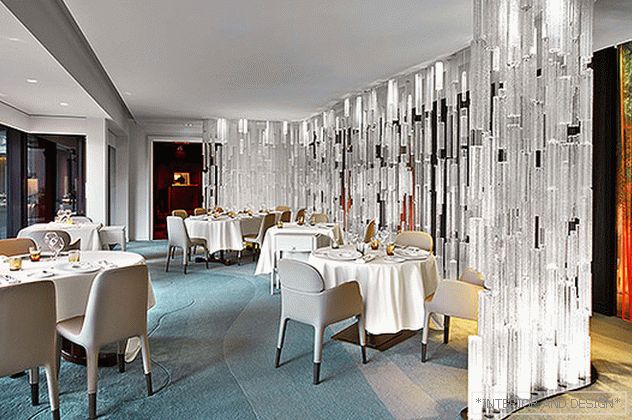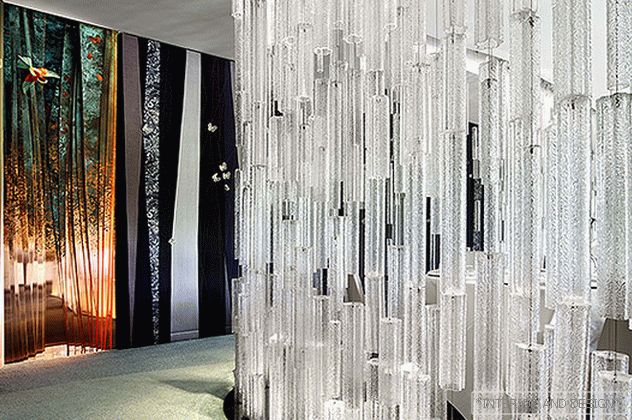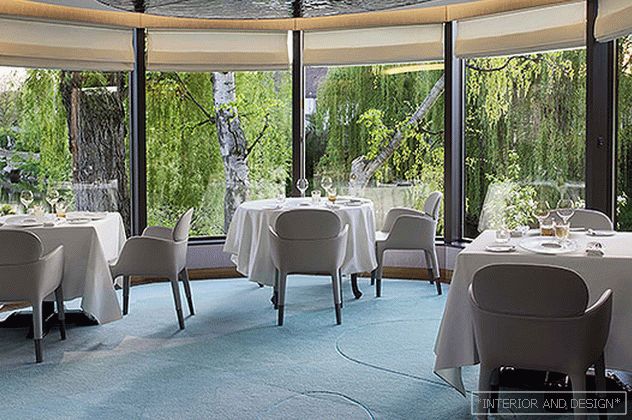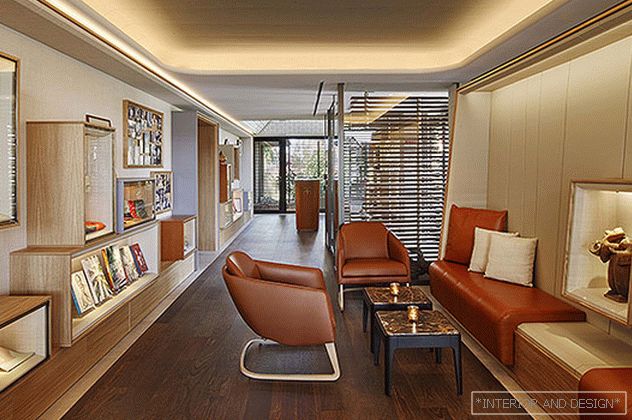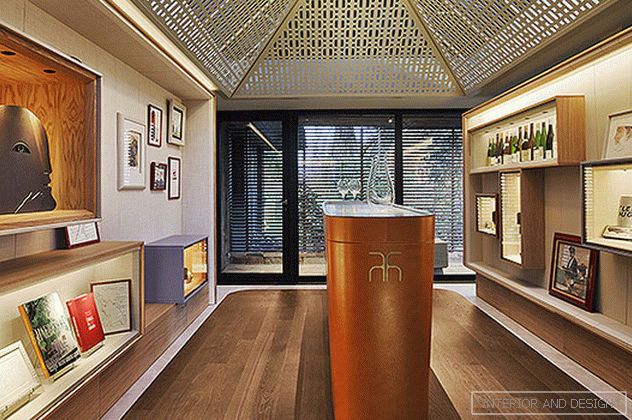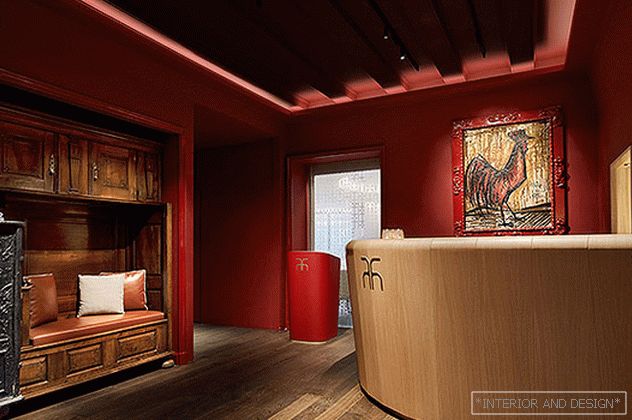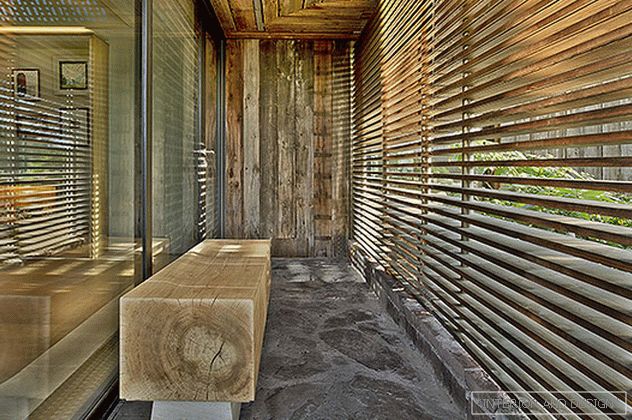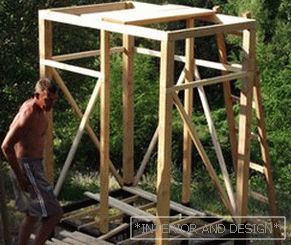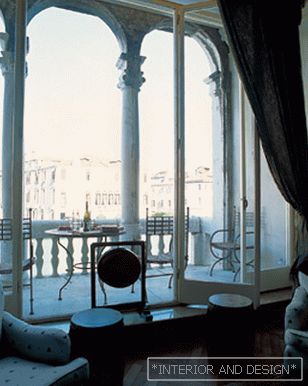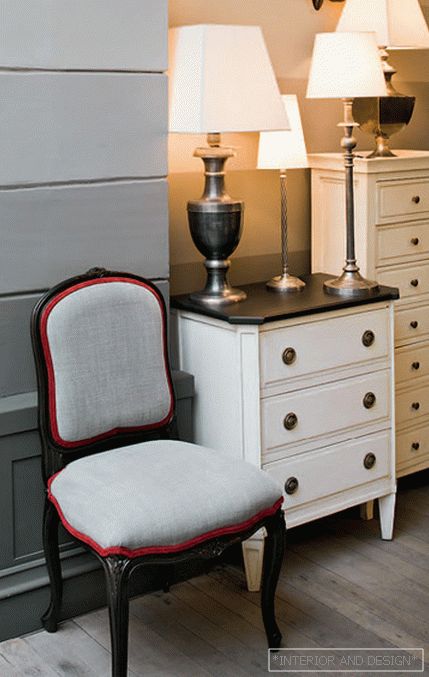Restaurant in the hotel is a special genre that the duet of Patrick Juan and Sanzhi Mankyu (Agence Jouin Manku) perfectly matched The institution Auberge de l’Ill opened with a renovated family hotel in Alsace.
Related: Duo Jouin Manku: Hotel des Berges in Alsace
The project was completed in record time (five weeks), despite the craft quality and sophisticated work, custom-made by artists. At the request of the representatives of the Heberlin-Bauman family, which has managed this enterprise for one hundred and fifty years, Juan and Mankyu have invented an interior that recalls the beauty of the surrounding landscapes and local traditions.
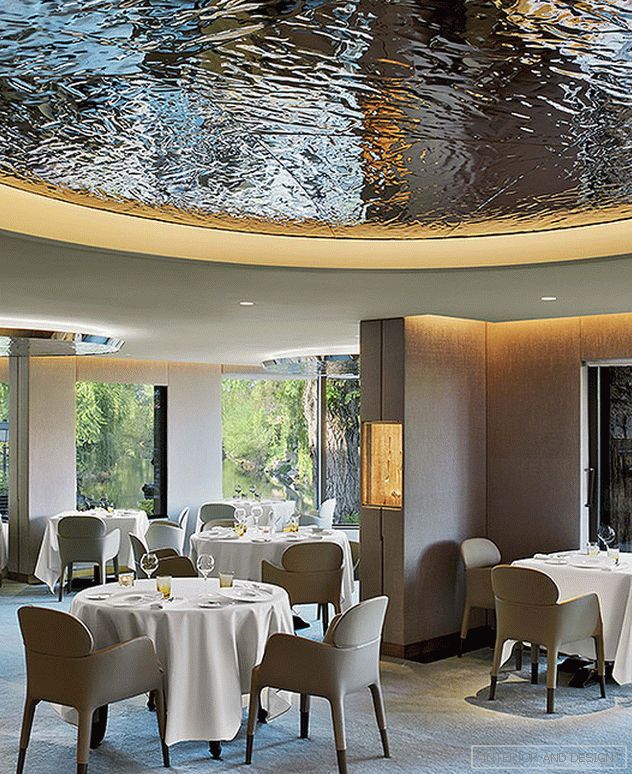
Instead of using the area (395 square meters) for the most dense seating of guests, the designers planned the space as a sequence of rooms, each with its own character. Visitors to the three-star Michelin restaurant are invited to start with an aperitif at the boutique bar or in the small lounge at the petit salon. The situation here is laconic: leather furniture, wooden floors, display cases, in which Heberlin-Bauman family relics are exhibited, as well as books and local souvenirs that can be purchased.
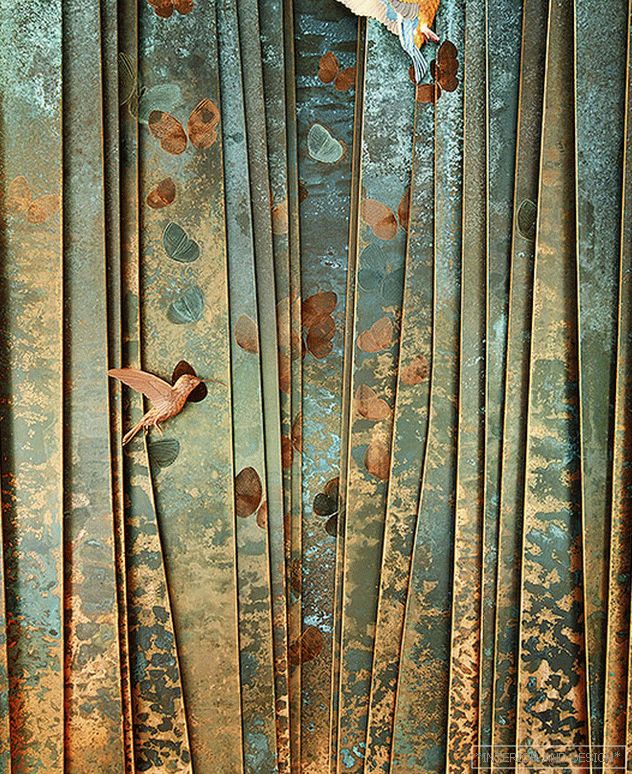
Four halls are united by a huge carpet (made by masters Tapis de Bourgogne), which designates a river and its banks. The water theme is supported by the illuminated glass partition and steel textured panels on the ceiling. Polished to a mirror-like surface reflects the daylight, green thickets in the windows of the restaurant and the blue of the carpet, creating a realistic impression of water ripples. Another exquisite decoration was a panel of oxidized copper by Colombian artist Diana Beltran Herrera (Diana Beltran Herrera) with butterfly applications from Maison Lesage.
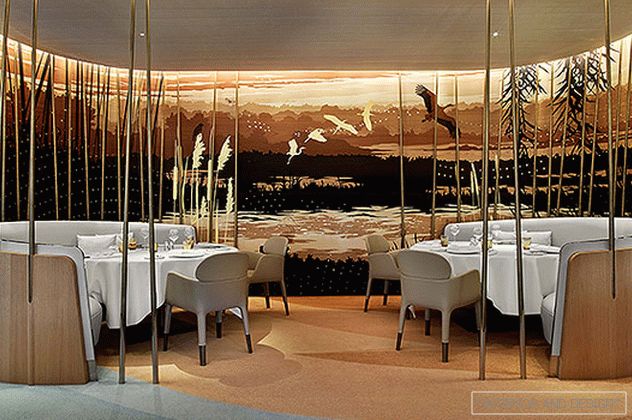
Juan and Mankü emphasize the harmony of water and earth, skillfully complementing serene blue halls with rooms in warm colors. In this part of the restaurant, the visual center is the wall with the image of the river landscape. The panel was created according to the sketches of the artist Philip David in the technique of marquetry of ten types of wood. Herons, storks and dragonflies are clearly visible through partitions in the form of bronze reed pipes.
